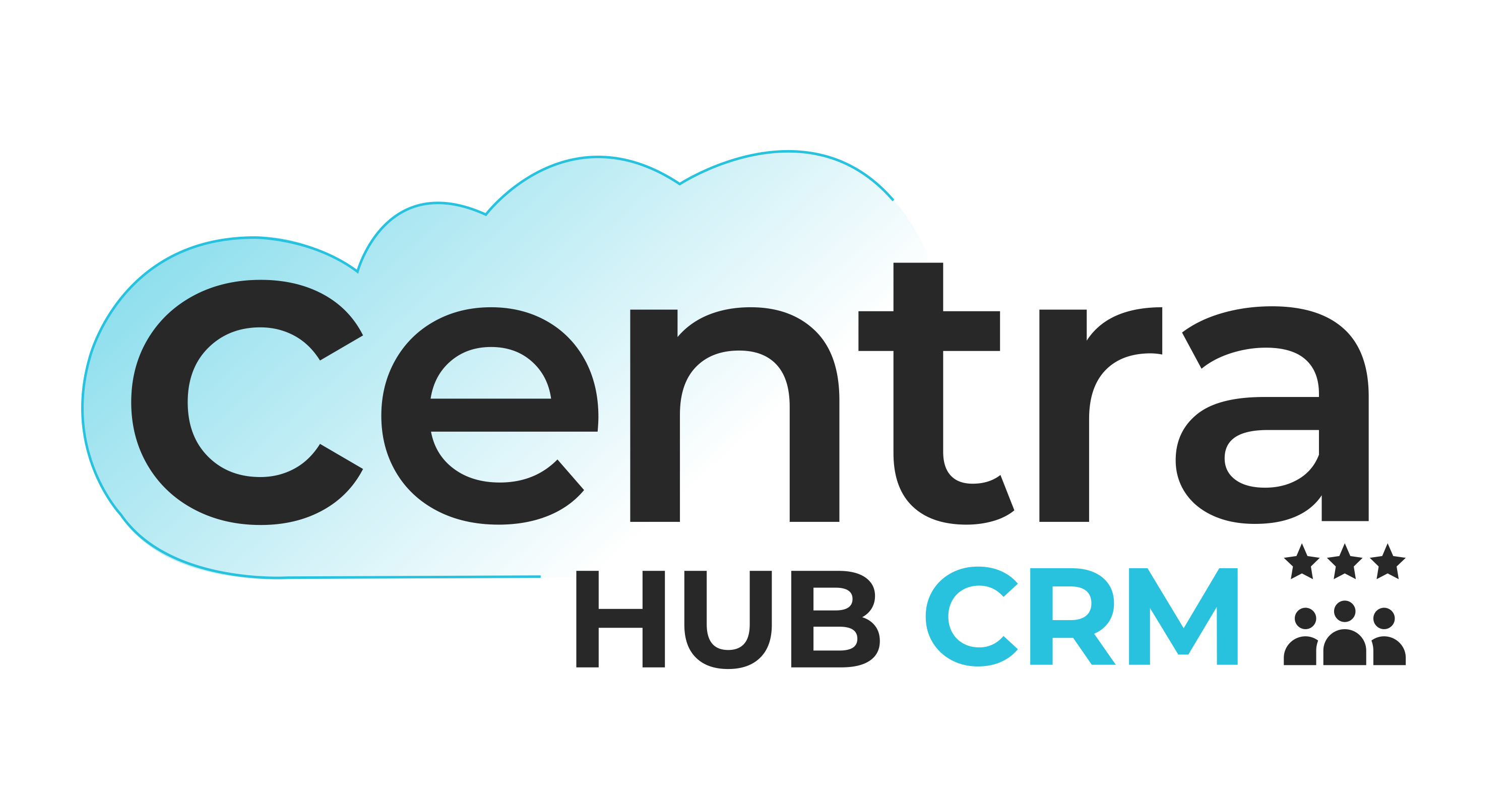What are the Critical Post-Covid Uncertainties?
From production to retail management and hospitality to automotive industry, every sector is affected by various concerns stemming from COVID-19. We have outlined all the possible uncertainties that are critical for the sustainability of your business.
Office space uncertainty With the success of working from home setup, enterprises are likely to be keen to reduce the amount of floor space being leased.
Supply chain uncertainty Not every supplier could make it through the pandemic. So, in order to continue production or sales, you must opt to onboard a secondary supplier.
Commodity price uncertainty In a commodity-based value chain, the downturn in any one aspect affects the supply-and-demand equation. Covid - 19 has impacted both demand and supply, which leads to uncertainty over when and where prices would recover.
IT architecture uncertainty Covid-19 disruptions have forced enterprises to change their business models. It is highly likely that your old IT architecture would not support the new business model well. You would need to make a major decision related to whether you should patch up your old IT architecture or replace it with a new one.
Business resilience uncertainty With the advancement of cloud infrastructure and the availability of virtual collaboration, business resilience uncertainty is surfaced between centralized disaster recovery sites and a changed work pattern centered more on associates’ homes.
Social distancing uncertainty Lockdown and social distancing have collapsed the demand and influenced in-home consumption. There is considerable uncertainty arising over the trajectory of customer demand and sales volumes.
Customer capacity uncertainty Social distancing norms have constrained businesses that rely on delivering a service to customers through a physical presence. Their ability to service the demand is impacted.
Staying digital uncertainty When your organization reengages with customers for sales, service, and distribution through digital channels, it is uncertain that how many of your clients would return.
Customer persona uncertainty As your business move towards the renewal phase of the pandemic, you might strive to continue serving and supporting your customers. But by that time, your customer persona and the associated journey might be lost or become inaccurate.

Smart Response to the Challenges: What is the Five-Step Scenario Planning Process?
Acting fast in the face of uncertainty defines the modern business trying to establish stability and continuity.
COVID-19 is forcing the organizations to review their business strategy, run scenario planning exercises for the uncertainties that matter most to the organization and develop several possible scenarios for what the business environment would be like. The potential responses to the unprecedented events would be built based on these strategic scenarios. Altogether, these scenarios would give businesses flexible strategic options for dealing with the uncertainties of the post-COVID-19 environment.
Efficient scenario planning would help you align your business strategy to the operational environment, avoid getting trapped in the old strategy, and ensure the accounts for changing conditions. It requires careful preparation and a systematic approach. Here is the five-step process for scenario planning:
Step 1: Defining the key issues and scope
Foundation for sound scenario planning starts by defining the focal issue that needs to be addressed. From among the many huge issues that your enterprise faces, identify the one on which the long-term success of your organization depends.
Employ a scenario planning team to gather information about all aspects of your business’s current situation, including industry, competitors, and potential disruptors, to develop the scenarios and the appropriate recommendations.
Step 2: Analyzing the uncertainties
Your scenario planning team needs to evaluate the information gathered from the planning exercise to shortlist a pair of most prominent uncertainties that would form the basis for the scenarios.
These uncertainties represent diametric alternatives, independent of each other, whose outcome remains unclear. By evaluating each pairing, your team could find the pair that generates the most valuable potential futures for your organization.
Step 3: Scenario creation and scripting
Critical uncertainties could be represented graphically as lines whose ends represent the extreme outcomes. Your team could put the two chosen uncertainties that have the highest impact on your business outcome together crossways, with one on the x-axis and the other on the y-axis. A scenario is created by each interaction of the two extremes adjacent to that quadrant.
Step 4: Strategic options development
Scenario planning is done to frame an effective business strategy. Your scenario planning team should determine what you must do in advance if any scenario materializes. They must decide what needs to change in your organization related to investments, processes, talent, structure, etc., to execute each of the four possible scenarios.
Step 5: Signpost identification and monitoring
The final stage of the scenario planning process is to identify the leading indicators or signposts for each scenario that might reveal whether a certain future is unfolding.
After the scenario planning exercise concludes, you need to set up a permanent function to monitor the leading indicators, which would trigger a new business strategy. These findings need to be periodically presented to the decision-makers whose acceptance is required for any change to your organization’s strategy.
Taking the Next Steps and How We can Support You!
Preparing in advance could help businesses successfully cope with the effects of the crisis, ensure business continuity, become more resilient, and excel in the post-COVID-19 era. This could be done by data-driven decision-making. An efficient ERP software would help you collect data and analyze it to make accurate predictions.
Focus Softnet is the top ERP software provider in India. With our proven step-by-step approach, we would help find the best ERP software for your business to successfully embark on your digital transformation strategy and turn post-pandemic challenges into opportunities.
Fill in the form to connect with our product experts.







